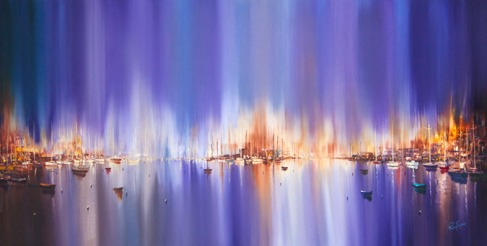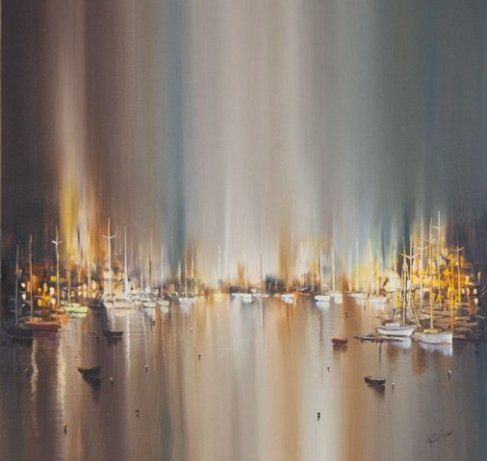David Bowie, real name David Robert Jones, is a star in the music industry. He is particularly known for his musical transformations into obscure characters such as Ziggy Stardust, Major Tom, Aladdin Sane…to name but a few.
I’ve never been a real fan of David Bowie, only ever enjoying the well-known songs. but, the exhibition about him at the V&A museum has changed my view.
Overall, the exhibition was done fantastically. I really liked the huge screen and concert like atmosphere at the end of the exhibition.
The exhibition runs through the different areas of Bowie’s life, the clothes, the videos and film. Without even realising, I spent the whole afternoon absorbing huge amounts of information about David Bowie and what makes up this man.
The exhibition is called ‘David bowie is’. At first I didn’t particularly understand why it was called this but I soon found that David Bowie isn’t just a singer/song writer. He is an actor, artist, and designer. He is more than meets the eye.

His artwork is full of emotion and colour- very much like his music. His paintings are abstract, full of definite lines and piercing stares.
I was really interested of side of Bowie, but I would not have known about it had I not had my eyes opened to the different sides of Bowie through this exhibition. I recommend everyone to discover the various sides of Bowie and the current exhibition, ‘David Bowie is’ is a great way of doing this. What side do you prefer?…









 The first forms of Buddhist art were found on pillars. A monarch named Ashoka, who ruled around 272 to 231 BCE, had helped spread Buddhism across India by the use of pillars. The pillars tended to portray pictures of the Buddha and keys aspects of his life, like his enlightenment, as well as earlier Indian beliefs. These pillars were quite Persian like and at first, had Indian subjects like cows, lions and elephants. These pillars seemed to be the first of Buddhist sculpture.
The first forms of Buddhist art were found on pillars. A monarch named Ashoka, who ruled around 272 to 231 BCE, had helped spread Buddhism across India by the use of pillars. The pillars tended to portray pictures of the Buddha and keys aspects of his life, like his enlightenment, as well as earlier Indian beliefs. These pillars were quite Persian like and at first, had Indian subjects like cows, lions and elephants. These pillars seemed to be the first of Buddhist sculpture.